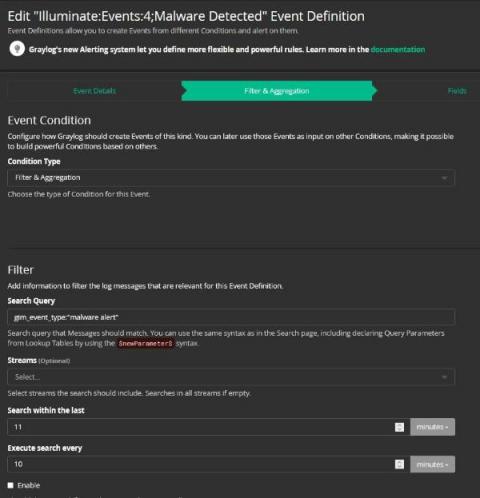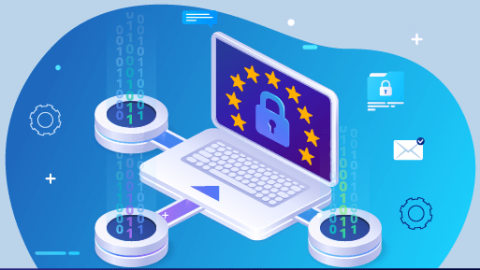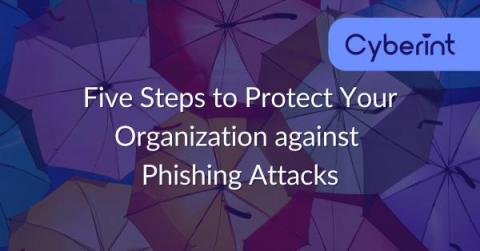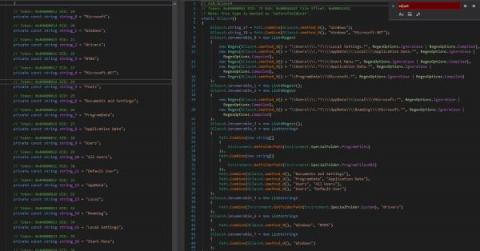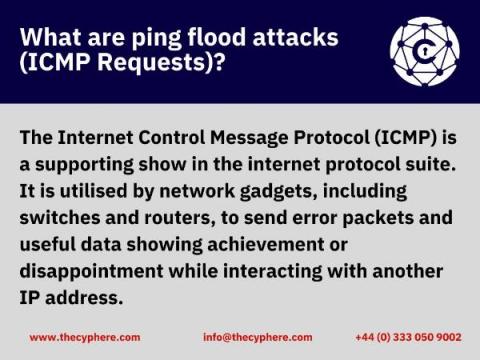Security | Threat Detection | Cyberattacks | DevSecOps | Compliance
Latest News
Article 28 - General Data Protection Regulation Act
The General Data Protection Regulation Act (GDPR) requires Data Controllers to establish a written agreement with the Data Processor stating the terms and conditions for the data processing activity. So, before getting into a contract with the Data Processor, a Data Processing Agreement must be signed between both parties regarding the conduct of processing personal data.
Formulating proper data destruction policies to reduce data breach risks
As Morgan Stanley Bank now knows, ignoring certified data destruction policies can be disastrous. The bank made news in 2020 when it was fined over $60 million for not using proper oversight when decommissioning two of its data centers. Regulators found that the organization had not addressed the risks associated with decommissioning hardware effectively.
SIEM Use Cases for Compliance with GDPR
The era we live in requires the digitalization of all subjects interacting with people, from giant companies to small-scale organizations. It is unquestionable that this trend has made significant contributions to the data collection process. But the larger the volume of data collected, the greater the risk of a security breach. For this reason, it is essential to control the security and transparency of personal data.
Five Steps to Protect Your Organization against Phishing Attacks
Threat Update DoubleZero Destructor
The Splunk Threat Research Team is actively monitoring the emergence of new threats in the cyber domain of ongoing geopolitical events. As we have shown previously in several releases, including HermeticWiper and CaddyWiper, actors in this campaign are deploying, updating, and modifying stealthier malicious payloads. On March 17th, 2022, the Ukraine CERT discovered a new malicious payload named DoubleZero Destructor (CERT-UA #4243).
Working with At-Risk Businesses: How It Can Dismantle Your Zero Trust Strategy
Nowadays, building a zero-trust network has become a standard protocol in the era of evolving business models, multiple workforce platforms, cloud adoption, and increased device connectivity. But, if a business continues to work with at-risk organizations, the zero-trust policy crumbles. Working with well-secured third parties that uphold a zero-trust strategy is crucial for optimal cybersecurity within any business.
Threat-Based Methodology: Auditing
This is the third post in the Threat-Based Methodology blog series. In the first post, we introduced Threat Based Methodology and the analysis conducted by the FedRAMP PMO and NIST. In that post, we ended by listing the top seven controls based on their Protection Value. The second post explored configuration settings in greater depth and explained how Devo supports the ability to meet the CM-6 control.
Ping Flood Attacks
The digital world is a vulnerable space prone to attacks of various kinds. Denial of Service is one of the regular strategy attacks used to crash any server. A DoS attack attempts to make a computer or network resource unavailable to its intended users by generating enormous traffic and costing the legitimate users valuable time and money.
How to Create a Business Continuity Plan
To remain competitive in today's market, businesses in all industries must maintain strict production regulations to decrease downtime and critical errors that could negatively impact their reputations. Organizations can't afford to wait until an event occurs to devise a problem-solving strategy. Your business provides critical products or services to its customers. Any interruption in that service could mean that your customers will seek ways to meet their needs elsewhere.


